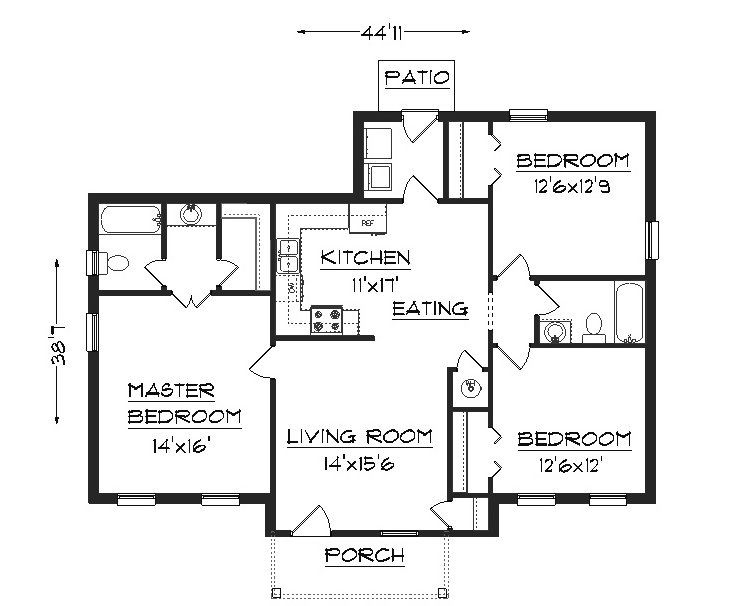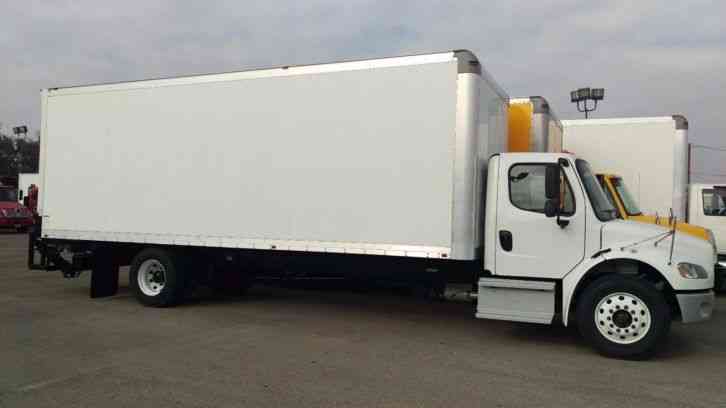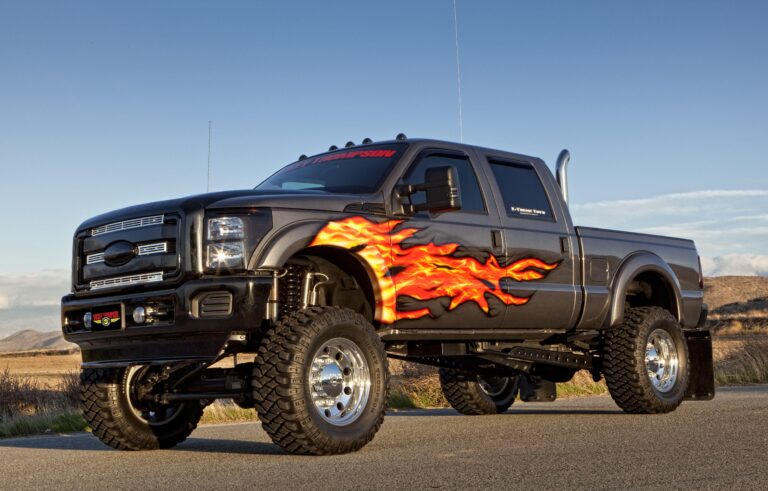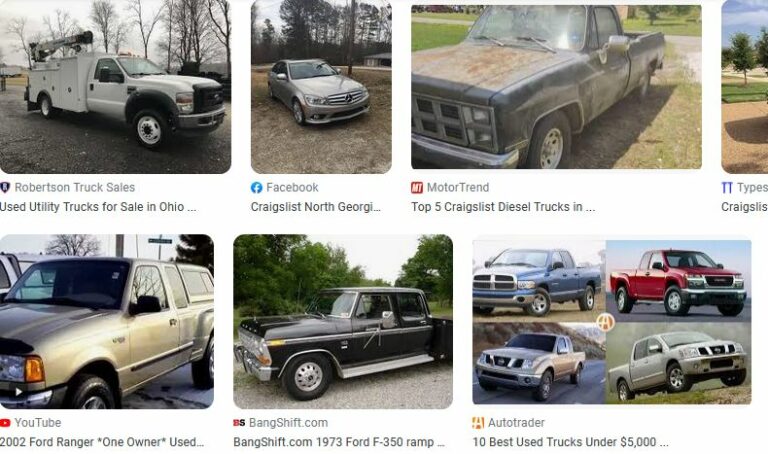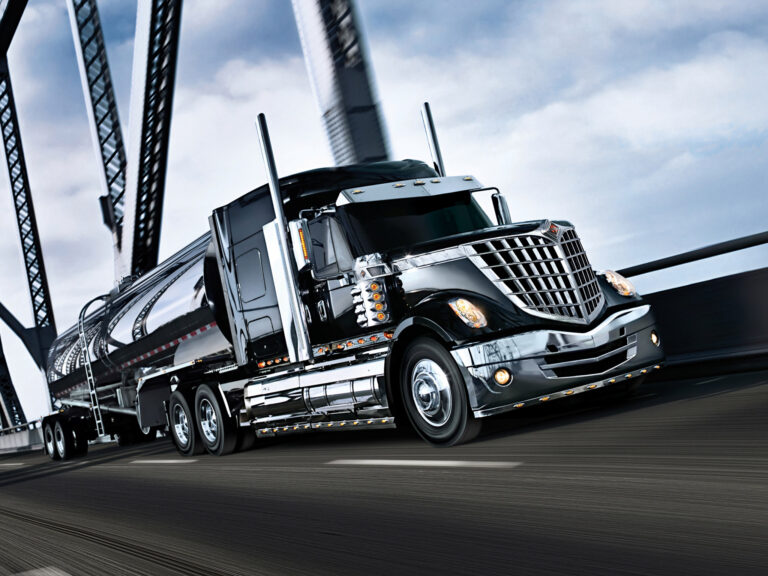Plans For Flatbed Truck Bed: Unlocking Your Truck’s Full Potential
Plans For Flatbed Truck Bed: Unlocking Your Truck’s Full Potential cars.truckstrend.com
The modern pickup truck is a marvel of versatility, but for many, its factory-installed bed presents limitations. Odd-sized loads, difficult loading angles, and the desire for specialized configurations often lead truck owners down a path of transformation: the flatbed conversion. This isn’t just a cosmetic change; it’s a fundamental re-engineering of your truck’s utility. "Plans For Flatbed Truck Bed" refers to the detailed schematics, material lists, and construction methodologies required to design and build a custom flatbed. It’s the blueprint for enhancing your vehicle’s functionality, tailoring it precisely to your needs, and often, significantly increasing its load-carrying and work capabilities. For DIY enthusiasts, tradespeople, or anyone seeking to maximize their truck’s potential, investing time in comprehensive flatbed plans is the critical first step towards a successful, safe, and highly functional upgrade.
Why Choose a Flatbed? Benefits & Applications
Plans For Flatbed Truck Bed: Unlocking Your Truck’s Full Potential
Opting for a flatbed over a conventional truck bed offers a myriad of advantages that cater to a diverse range of needs:
- Unmatched Versatility: The primary benefit of a flatbed is its open, unobstructed deck. This allows for easier loading and transport of oversized, irregularly shaped, or palletized cargo that would otherwise be challenging or impossible to fit in a standard bed. Think large machinery, lumber, hay bales, or even a small shed.
- Superior Access & Loading: With no sidewalls to contend with, flatbeds offer 360-degree access for loading and unloading, whether by forklift, crane, or by hand. This significantly streamlines operations for businesses and individuals alike.
- Customization Potential: Flatbeds are blank canvases. Their design lends itself perfectly to integrating specialized equipment. You can easily add under-deck toolboxes, auxiliary fuel tanks, winches, stake pockets for removable sides, gooseneck or fifth-wheel hitches, and even small cranes or service bodies. This level of tailoring is difficult, if not impossible, with a factory bed.
- Increased Durability & Strength: Custom flatbeds, especially those designed for heavy-duty applications, are often built with stronger materials and more robust construction techniques than factory beds. This can lead to greater load-carrying capacity (within the truck’s GVWR limits) and a longer lifespan.
- Diverse Applications: From construction and landscaping to farming, off-roading, and even RV conversions, flatbeds serve a wide array of purposes. They are ideal for hauling building materials, heavy equipment, ATVs, motorcycles, or serving as a base for custom campers and expedition vehicles.
Key Considerations Before You Start Planning
Before you even pick up a pencil or open a CAD program, a thorough assessment of your needs and your truck’s capabilities is paramount.
- Truck Compatibility: Not all trucks are created equal. Understand your truck’s frame type (C-channel, box frame), wheelbase, Gross Vehicle Weight Rating (GVWR), and Gross Axle Weight Ratings (GAWR). The flatbed design must align with these specifications to ensure safety and compliance. Measure your cab-to-axle length precisely to determine optimal bed length.
- Intended Use & Load Requirements: This is the most crucial factor. Will you be hauling light residential loads, or heavy industrial equipment? Will you need to mount a crane or a welder? The anticipated weight and type of cargo will dictate the required material strength, frame design, decking material, and the integration of specific accessories. Don’t underestimate the forces involved in heavy hauling.
- Material Selection:
- Steel: The most common choice due to its strength, durability, and relatively lower cost. It’s highly weldable, making fabrication straightforward for those with welding skills. However, it’s heavy and susceptible to rust without proper coating.
- Aluminum: Lighter than steel, offering better fuel efficiency and excellent corrosion resistance. It’s more expensive and requires specialized welding techniques (TIG or spool gun MIG), which can increase fabrication costs or complexity for DIYers.
- Wood: Often used for decking due to its cost-effectiveness and traditional aesthetic. While suitable for lighter loads, it requires more maintenance, is susceptible to rot and wear, and offers less structural rigidity than metal decking.
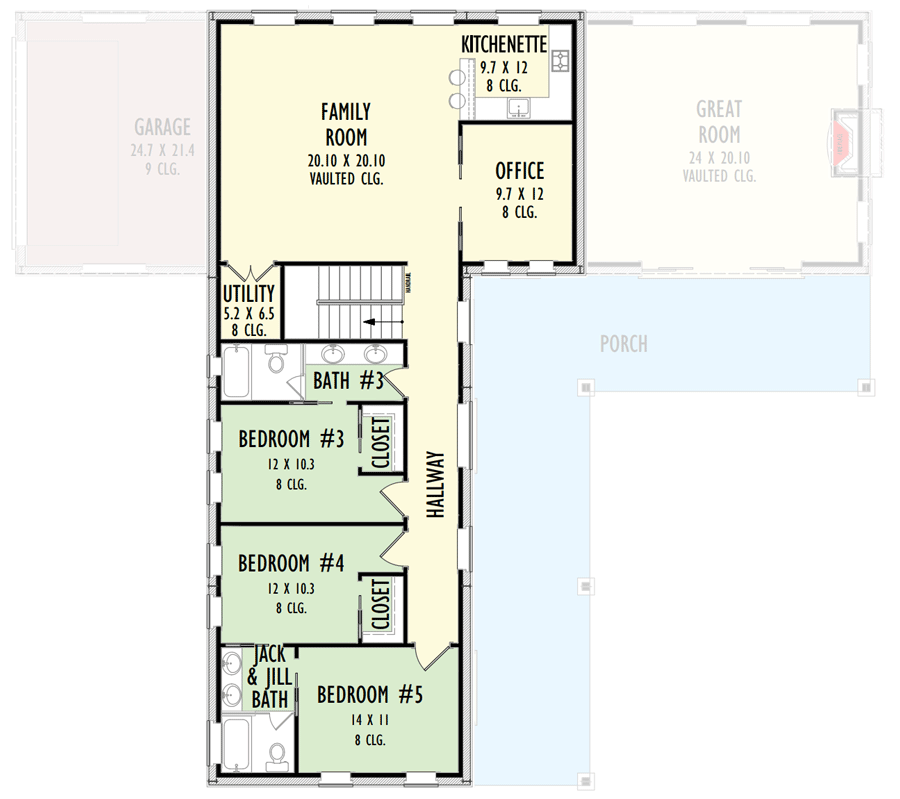
- Deck Design & Features: Consider the surface material (smooth plate, diamond plate for grip, wood planks), the need for stake pockets, rub rails for side protection, recessed tie-down points, and integrated lighting.
- Mounting System: The method of attaching the flatbed to the truck’s frame is critical. Common methods include bolt-on (allowing for easier removal), weld-on (more permanent), or pivot mounts (for trucks with significant frame flex, like some off-road or heavy-duty vehicles).
- Lighting & Wiring: All flatbeds must comply with Department of Transportation (DOT) regulations for tail lights, brake lights, turn signals, and marker lights. Plan for proper wiring harnesses, trailer plugs, and consider additional work lights or reverse lights for enhanced utility.
- Safety Features: A robust headache rack is essential to protect the cab from shifting loads. Adequate tie-down points (D-rings, stake pockets, E-track) are non-negotiable for secure cargo transport.
- Legal & Regulatory Compliance: Beyond lighting, ensure your flatbed’s dimensions (width, length) comply with local and federal regulations. Fender coverage over tires is also a common requirement.
- Budget & Skill Level: Be realistic about your fabrication skills and available tools. A professional build offers peace of mind but comes at a higher cost. DIY can save money but requires significant time, tools, and expertise.
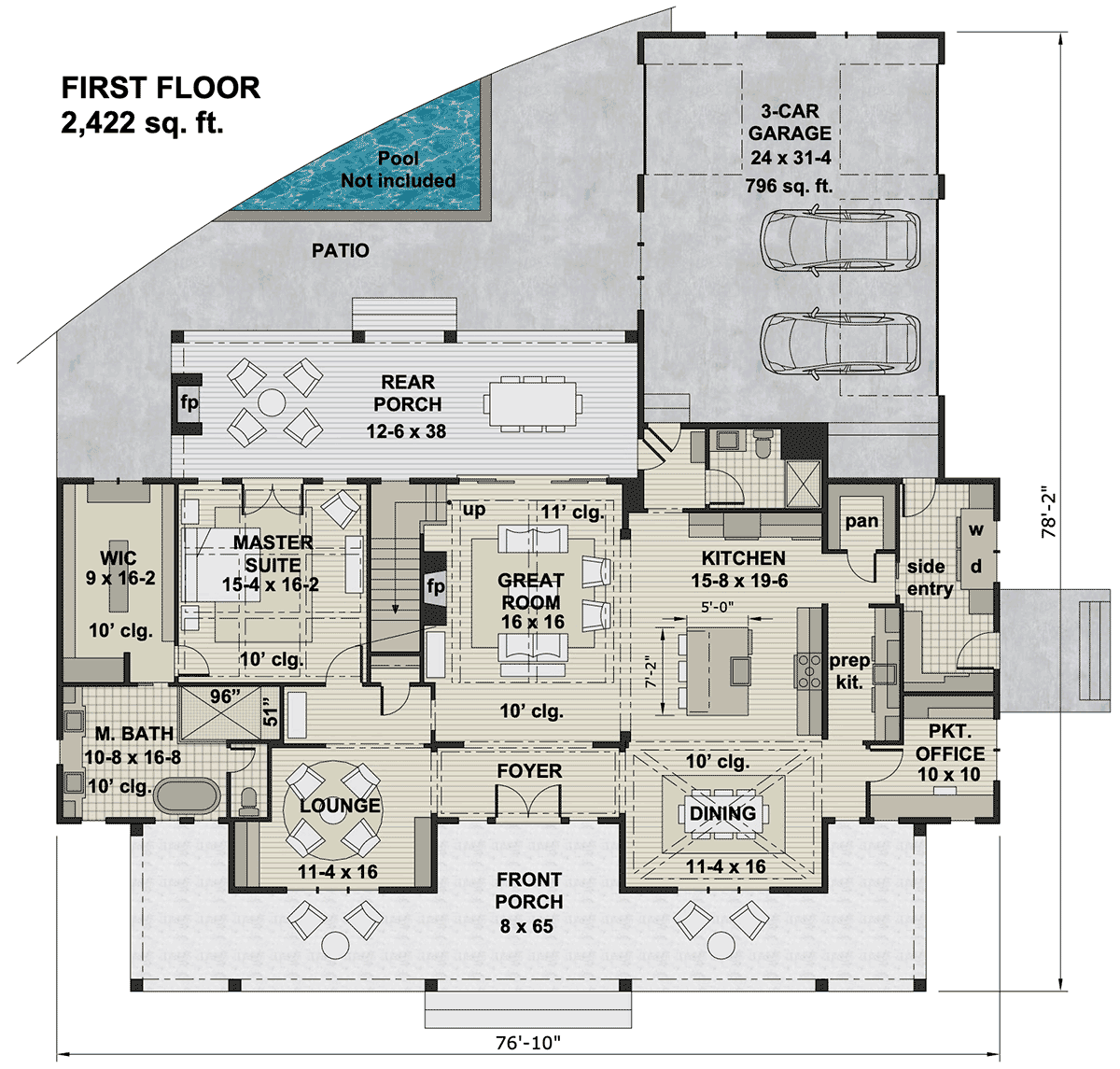
Elements of a Comprehensive Flatbed Plan
A good set of flatbed plans goes far beyond a simple sketch. It’s a detailed engineering document that guides you through every step of the build:
- Detailed Schematics & Blueprints: These are the core of the plans, providing precise dimensions for every component, angles for cuts, and assembly diagrams. They should include top, side, and rear views, as well as detailed cross-sections.
- Material List (Bill of Materials – BOM): A complete breakdown of all raw materials needed, including steel or aluminum tubing sizes, plate thicknesses, decking material, fasteners, and hardware. This allows for accurate budgeting and sourcing.
- Structural Components Design:
- Main Longitudinal Rails: The primary beams that run parallel to the truck’s frame, forming the backbone of the flatbed. These connect directly to the truck’s chassis.
- Crossmembers: Perpendicular beams that provide support for the decking and distribute load evenly across the main rails.
- Decking: The flat surface itself, typically steel, aluminum, or wood.
- Headache Rack: A crucial safety feature designed to protect the cab from shifting loads, often incorporating tie-down points or light mounts.
- Rub Rails/Side Rails: Perimeter rails that protect the edge of the bed and provide additional tie-down points.
- Accessory Integration Details: Plans should show mounting points and dimensions for toolboxes, fuel tanks, spare tire carriers, winches, stake pockets, and any specialized equipment you intend to add.
- Mounting Hardware Specifications: Details on the type, size, and grade of bolts, nuts, washers, U-bolts, and any necessary frame isolators or body mounts.
- Finishing & Coating Recommendations: Instructions on surface preparation, priming, painting, or applying protective coatings like bed liner to prevent corrosion and enhance durability.
The Planning Process: A Step-by-Step Guide
Embarking on a flatbed build requires a systematic approach to ensure success:
- Define Needs & Specifications: Revisit your intended use. What will you haul? How much will it weigh? What dimensions are critical? Document everything.
- Measure Your Truck Thoroughly: This is where precision matters most. Measure your truck’s frame width, length from cab to axle, overall frame length, tire clearances, and any existing mounting points. Double-check all measurements.
- Research & Design (Sketching to CAD): Start with rough sketches to visualize your ideas. Then, translate these into more precise drawings. For serious builds, consider using CAD (Computer-Aided Design) software, which allows for accurate dimensioning, material optimization, and virtual testing. Many free or affordable CAD programs are available.
- Material Sourcing & Budgeting: Based on your material list, research suppliers for steel, aluminum, wood, and hardware. Get quotes to ensure you stay within budget. Don’t forget consumables like welding wire, grinding discs, and paint.
- Tooling & Workspace Preparation: Ensure you have the necessary tools (welder, grinder, metal saws, drills, measuring tools, safety gear) and a safe, well-ventilated workspace.
- Fabrication & Assembly:
- Frame Attachment: Securely mount the main longitudinal rails to your truck’s frame. This step is critical for safety and load distribution.
- Crossmember Welding/Bolting: Attach the crossmembers to the main rails.
- Decking Installation: Securely fasten your chosen decking material to the crossmembers.
- Accessory Integration: Weld or bolt on your headache rack, rub rails, toolboxes, and other accessories.
- Wiring & Lighting: Install all required lighting and ensure proper wiring, grounding, and fusing.
- Finishing: Prepare the metal surfaces (grinding welds, degreasing), prime, and apply your chosen topcoat or bed liner.
- Testing & Inspection: Before putting the flatbed to work, perform a thorough visual inspection of all welds and fasteners. Conduct a light load test, then a road test to check handling and stability. Verify all lights and electrical components are functioning correctly.
Tips for a Successful Build & Avoiding Common Pitfalls
- Measure Thrice, Cut Once: This old adage is especially true for metal fabrication. Precision in cutting and fitting prevents costly material waste and ensures a strong, square structure.
- Prioritize Structural Integrity: Do not compromise on material thickness or weld quality, especially for load-bearing components. Skimping here can lead to dangerous failures.
- Weight Distribution: Design your flatbed to distribute weight evenly across your truck’s axles. Avoid designs that put excessive weight over the rear axle, which can negatively impact handling and suspension.
- Corrosion Protection is Key: Metal flatbeds are exposed to the elements. Proper surface preparation, priming, and a high-quality topcoat (paint or bed liner) are essential to prevent rust and extend the life of your investment.
- Electrical Safety: Ensure all wiring is properly insulated, protected from abrasion, fused correctly, and grounded to the frame. Use weather-resistant connectors.
- Consider Future Needs: Build in flexibility. Even if you don’t need a gooseneck hitch now, designing for its potential addition later can save time and money.
- Safety First, Always: Wear appropriate Personal Protective Equipment (PPE) including safety glasses, welding helmet, gloves, and hearing protection. Work in a well-ventilated area, especially when welding or painting.
Pricing Table: Estimated Costs for Flatbed Truck Bed Plans & Implementation
The cost of a flatbed truck bed varies significantly depending on whether you purchase pre-made plans, design your own, opt for DIY construction, or hire professionals. Below is a comprehensive table outlining estimated costs.
| Component/Service | Description | Estimated Cost Range (USD) | Notes |
|---|---|---|---|
| I. Plans & Design | |||
| Basic DIY Sketches/Online Resources | Free/Low-cost conceptual designs, basic dimensions. | $0 – $50 | Suitable for experienced DIYers, may require significant self-research. |
| Detailed DIY Plans (Purchased) | Specific dimensions, material lists, step-by-step instructions, often CAD-based. | $50 – $300 | Excellent starting point for intermediate DIYers. |
| Custom Engineering/Professional Design | Tailored plans for specific needs, heavy-duty applications, or unique features. | $500 – $3,000+ | Recommended for complex builds, commercial use, or safety-critical designs. |
| II. Materials | |||
| Steel (Frame & Deck) | A36 structural steel (tubing, angle iron, plate). Varies by size, gauge, and quantity. | $800 – $3,000+ | Strong, durable, weldable. Heavier. |
| Aluminum (Frame & Deck) | 6061-T6 aluminum (tubing, plate). Varies by size, gauge, and quantity. | $1,500 – $5,000+ | Lightweight, corrosion-resistant. More expensive, requires specific welding. |
| Wood (Decking) | Treated lumber, oak, composite decking. | $200 – $800 | Cost-effective, but less durable than metal. Requires more maintenance. |
| Fasteners & Hardware | Bolts, nuts, washers, U-bolts, mounting brackets, body mounts, isolators. | $100 – $400 | Essential for secure attachment and vibration dampening. |
| III. Accessories & Finishing | |||
| Lighting & Wiring Kit | LED tail lights, marker lights, reverse lights, trailer plug, wiring harness, fuses. | $150 – $500 | DOT compliance is critical. Higher end includes work lights. |
| Headache Rack | Pre-fabricated or custom-built. Steel or aluminum. | $200 – $1,000+ | Protects cab, provides tie-down points. |
| Toolboxes/Storage | Under-deck boxes, side-mounted boxes. | $100 – $800+ (each) | Varies by material, size, and locking mechanism. |
| Tie-Down Points | D-rings, stake pockets, E-track/L-track. | $50 – $300 | Essential for securing loads. |
| Paint/Coating | Primer, topcoat, bed liner (e.g., U-Pol Raptor, Line-X). | $100 – $600 | Corrosion protection and aesthetics. Professional application is higher. |
| Fenders (Wheel Wells) | Single or tandem axle fenders. Steel, aluminum, or plastic. | $100 – $400 | Required for legal compliance and splash protection. |
| IV. Labor (if professional) | |||
| Fabrication & Installation | Welding, cutting, assembly, wiring, painting. Hourly rate varies by region and shop. | $2,000 – $8,000+ | Highly variable based on complexity, materials, and shop rates. |
| Total Estimated Cost (DIY) | (Plans + Materials + Accessories + Finishing) | $1,500 – $8,000+ | Assumes you have tools and perform labor yourself. |
| Total Estimated Cost (Professional) | (Plans + Materials + Accessories + Finishing + Labor) | $4,000 – $15,000+ | For a complete custom-built and installed flatbed. |
Note: These are estimates and can vary based on market prices, material availability, regional labor rates, and specific design choices.
Frequently Asked Questions (FAQ)
Q: Can I convert any truck to a flatbed?
A: Most trucks with a separate body-on-frame chassis can be converted. However, light-duty unibody trucks are generally not suitable. Crucial factors include the truck’s Gross Vehicle Weight Rating (GVWR), frame type, and wheelbase, which dictate the flatbed’s maximum size and capacity.
Q: Is it legal to build my own flatbed?
A: Yes, in most jurisdictions, it is legal to build a custom flatbed. However, it must comply with all federal and local Department of Transportation (DOT) regulations regarding dimensions (width, length), lighting, load securement, and often, fender coverage. Always check your local vehicle modification laws.
Q: Steel vs. Aluminum – Which is better for a flatbed?
A: Steel is generally stronger, more affordable, and easier to weld for most DIYers, but it’s heavier and requires diligent rust prevention. Aluminum is significantly lighter (improving fuel economy and payload capacity), corrosion-resistant, but more expensive and requires specialized welding techniques and equipment. The "better" material depends on your budget, welding skill, and specific weight requirements.
Q: Do I need a professional welder to build a flatbed?
A: For the structural components of a flatbed that will carry significant loads, strong, high-quality welds are absolutely critical for safety. If you are not an experienced, certified, or highly skilled welder, it is strongly recommended to hire a professional for critical welds or the entire fabrication process. Your life, and the lives of others on the road, depend on it.
Q: How do I ensure my flatbed is safe for heavy loads?
A: Safety hinges on proper design, material selection, and fabrication quality. Ensure your plans specify adequate material thickness for the anticipated loads, robust crossmembers, and a secure mounting system to the truck’s frame. Always stay within your truck’s factory GVWR and GAWR. For very heavy or commercial applications, consider consulting with a structural engineer.
Q: What about rust prevention for a steel flatbed?
A: For steel, thorough surface preparation is key: grinding all welds smooth, cleaning off all grease and rust, then applying a high-quality self-etching primer followed by several coats of durable topcoat paint or a professional-grade bed liner (like Line-X or U-Pol Raptor). Regular inspection and touch-ups are also vital.
Conclusion
Embarking on a flatbed truck bed project, guided by well-researched and comprehensive plans, is an investment in your truck’s capability and your own productivity. Whether you’re a seasoned fabricator or an ambitious DIYer, understanding the intricate details from material selection to legal compliance is paramount. A meticulously planned flatbed transforms your vehicle into a highly versatile, purpose-built machine, capable of tackling tasks far beyond the scope of a standard pickup. With the right plans, careful execution, and a commitment to safety, you’ll unlock your truck’s true potential, ensuring it serves your needs effectively for years to come.
